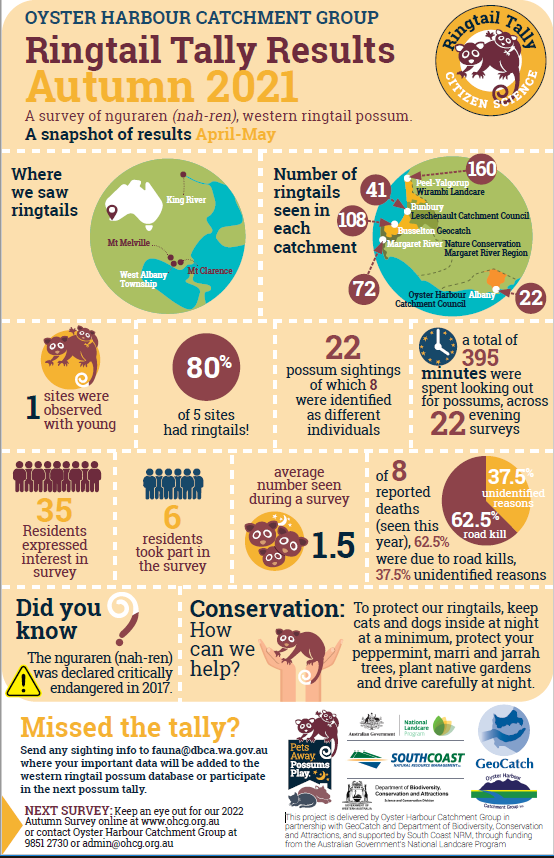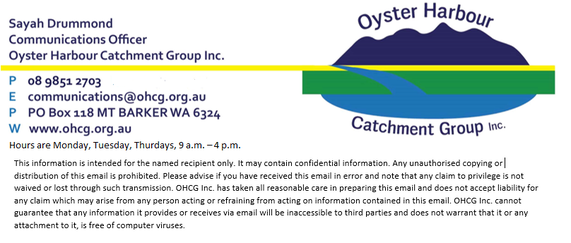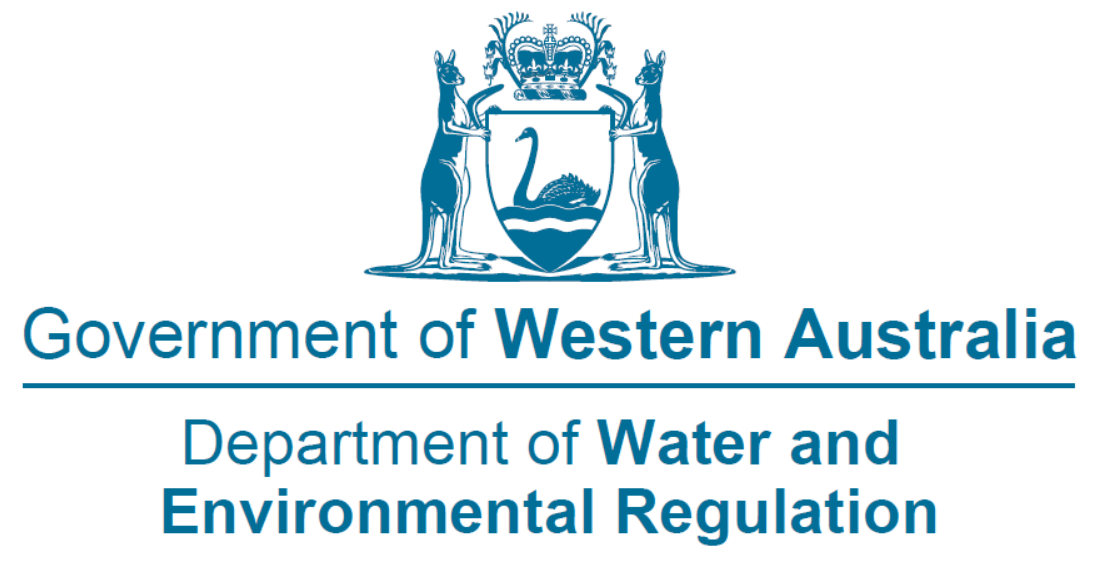The Tally aims to improve our knowledge and awareness of critically endangered western ringtail possums living in urban areas. Citizen scientists are engaged every year to record sightings of possums in their local area over a 4 week period during April to May. The results are shared with the wider community in the form of an infographic and recorded on the WA Threatened Species Database.
The information gained from the Tally is building a reliable set of observation data that will improve our knowledge about where western ringtail possums are found and in what numbers. This information is then used as a reference for population trends, future planning decisions and conservation projects. The data becomes more valuable each year the Tally is repeated. A Summary Report collates the data findings from the first seven tallies completed.
The Ringtail Tally was established by GeoCatch in 2016, in partnership with Department of Biodiversity, Conservation and Attractions (DBCA). The Tally has since expanded beyond the Geographe Bay Catchment area. to include Nature Conservation Margaret River, Leschenault Catchment Council, Wirambi Landcare and us, Oyster Harbour Catchment Group now run the tally with their local communities, making it a truly regional event.
The ongoing success of the Tally is not possible without the generous contribution of community participants, DBCA and partner organisations. To register your interest in learning more about our Western ringtail possums and potential joining in the next tally sign up to our email list via CONTACT US.
Western ringtail possums are critically endangered so your action make a difference.
The information gained from the Tally is building a reliable set of observation data that will improve our knowledge about where western ringtail possums are found and in what numbers. This information is then used as a reference for population trends, future planning decisions and conservation projects. The data becomes more valuable each year the Tally is repeated. A Summary Report collates the data findings from the first seven tallies completed.
The Ringtail Tally was established by GeoCatch in 2016, in partnership with Department of Biodiversity, Conservation and Attractions (DBCA). The Tally has since expanded beyond the Geographe Bay Catchment area. to include Nature Conservation Margaret River, Leschenault Catchment Council, Wirambi Landcare and us, Oyster Harbour Catchment Group now run the tally with their local communities, making it a truly regional event.
The ongoing success of the Tally is not possible without the generous contribution of community participants, DBCA and partner organisations. To register your interest in learning more about our Western ringtail possums and potential joining in the next tally sign up to our email list via CONTACT US.
Western ringtail possums are critically endangered so your action make a difference.
- Keep pets inside (especially at night)
- Make your backyard wildlife/possum friendly
- Participate in citizen science activities for example reporting sighting to iNaturalist
- Be careful of animals crossing the road
- Become a member
Helpful resources:
|
Did you know The Ringtail Tally has been delivered in other hotspots since 2016? The popular event is now been expanded to include Albany and surrounds and others cover across the range of the western ringtail possum using the same methodology.
Those who participate as citizen scientists are contributing invaluable data to help further conserve this species into the future. Find out about other tally events occurring in the range of the ringtail and about how the tally started here: https://bit.ly/3paqheL |
We acknowledge the Minang and Koreng people as the traditional custodians of the land on which we work and live. We pay our respects to the Elders, past, present, and emerging and to the wider Noongar community.
Sponsors and Supporters














